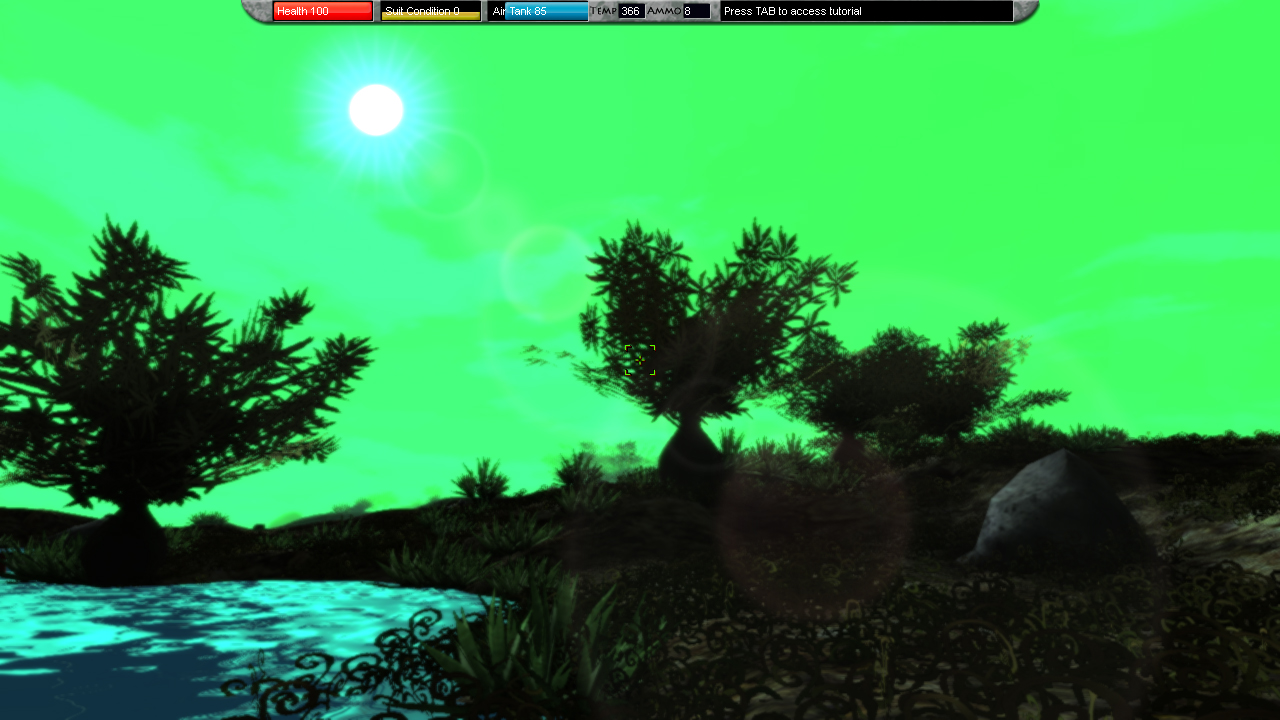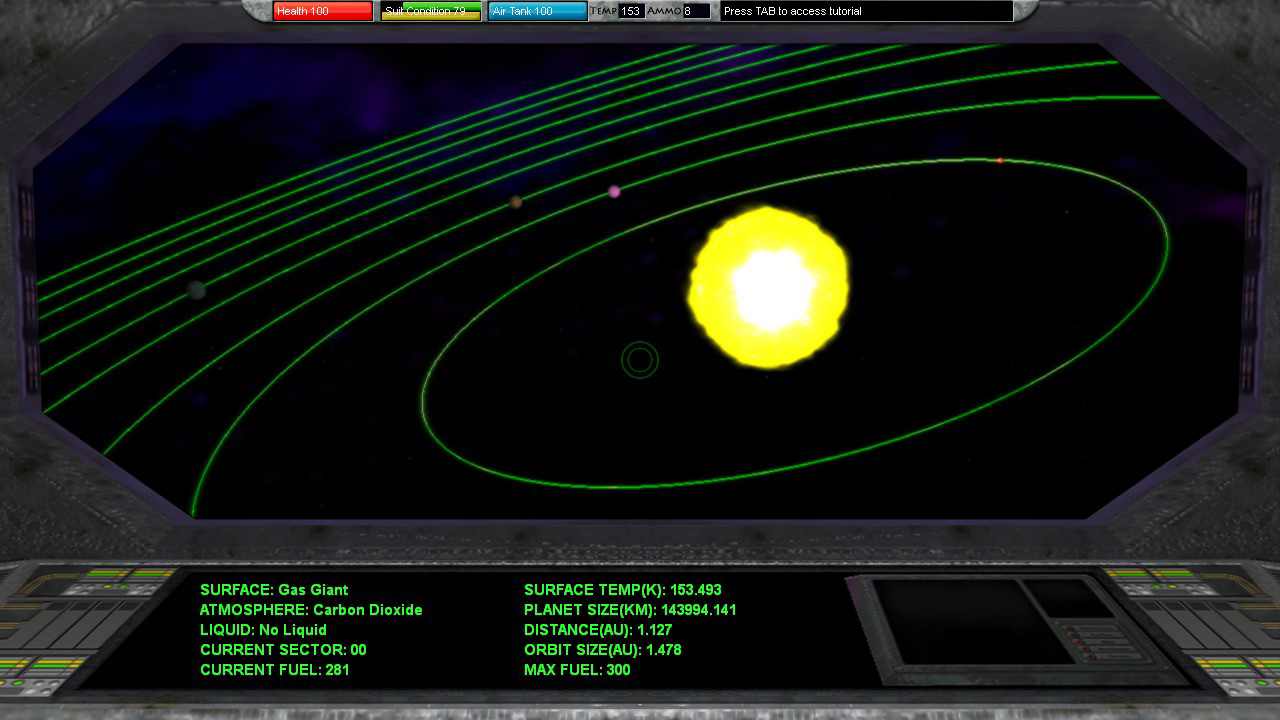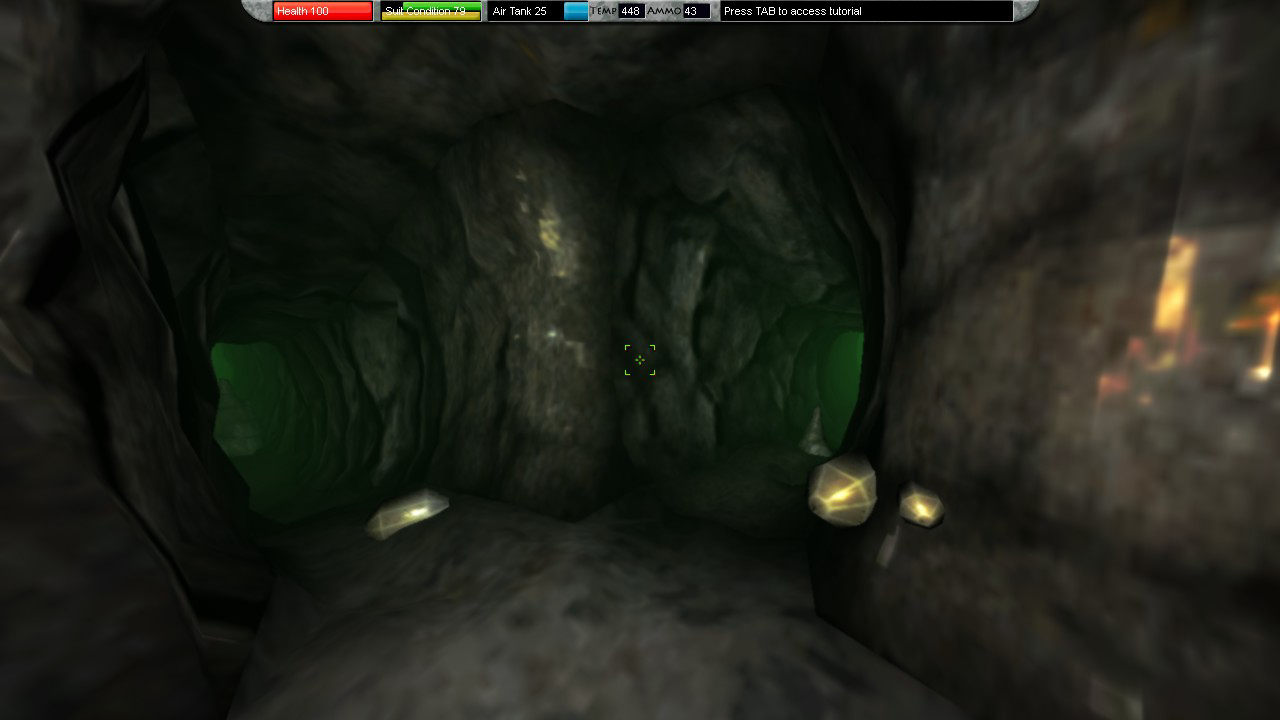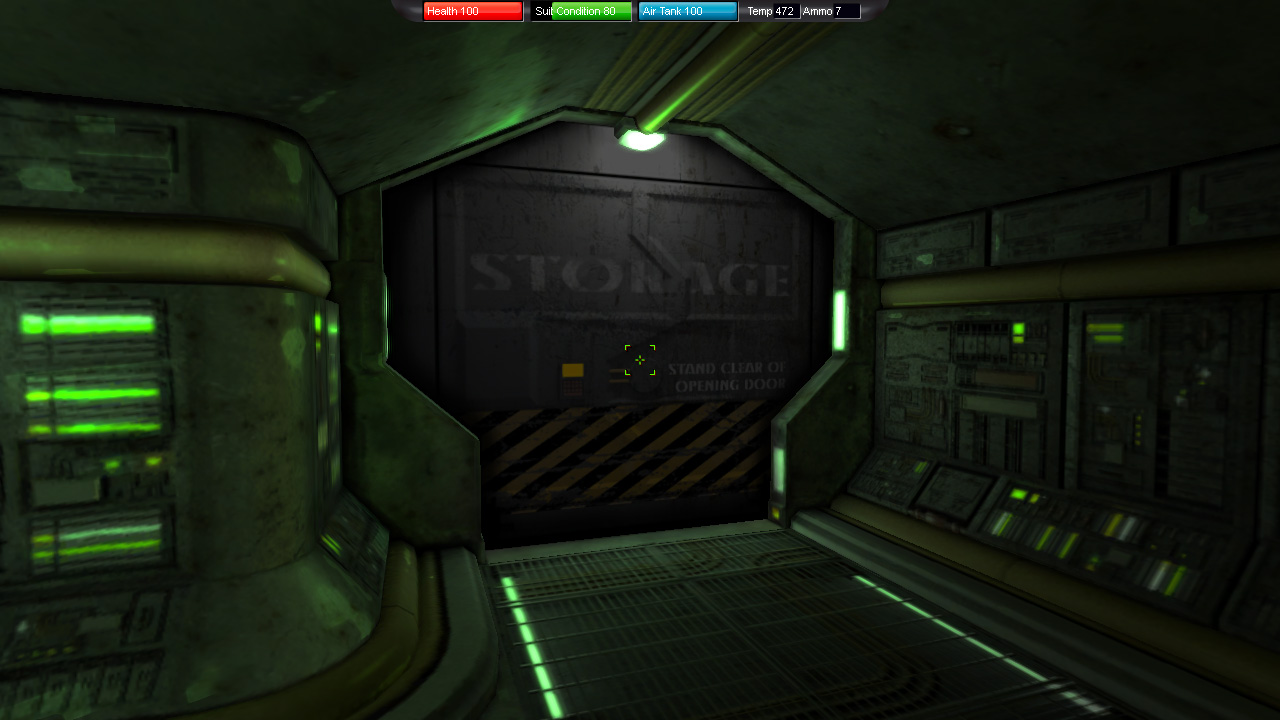Star Explorers allows you to traverse a procedurally generated galaxy. Earth has been destroyed, and you must help the mothership find a new home for the human race. Land on and explore any of the game's randomly generated worlds.
https://schmidt-workshops.itch.io/star-explorers
Using scientific principals, the game
will establish a planet's features based on a few key parameters. The type of star orbited, the distance from the star, the presence or
absence of an atmosphere, these and other factors will determine how
a planet will be. Many worlds orbit small stars, or are very
distant, and will therefore be frozen wastelands. Other worlds may
be too close to a star, and too hot to land on, or covered with
vaporous clouds of poison gas.
However, when conditions are right, life may form. There are several life-bearing substances in the Star Explorers universe. If these substances occur at the right distance from a star (not too hot, not too cold) they will remain in a liquid state. You may encounter oceans of methane, lakes of ammonia, seas of sulphuric acid and more along with that most sought after of liquids: water.

Alien life comes in many shapes and sizes. From gaseous clouds of space dust, to animal like creatures; from floating tentacled horrors to intelligent bipedal almost-humans, the game will keep you guessing on how to react and interact with it's various beings.
Star Explorers has a bit of a learning curve, so make sure you read or reference the manual while playing. A complex navigation system and star chart allow you too keep track of places you've been. It is customizable, allowing you to change the names of stars and planet, and to take detailed notes on what you found, and what you may need to explore later.

Safety is your primary concern when exploring unknown planets. For this, your space suit is your best friend. You begin the game with a basic suit, allowing exploration of worlds within a moderate temperature range (200 – 400 degrees Kelvin) but you can upgrade your suit, or find more versatile suits along the way. Other enhancements will help limit the damage caused by ammonia, radiation, acids and other hazards.
Caves play a big role in the gameplay, you could call it an interstellar dungeon-crawler. Find fuel crystals and other goodies in the game's many caves and other indoor areas. Perhaps you'll happen across the loot of space pirates, or uncover the secrets of an ancient civilization ... each player's experience will be different.

Oxygen is also a major factor in your chances for survival. Your suit comes with a standard oxygen tank, but this can run out fairly quickly, especially when exploring underground. Make sure to find or purchase refill tanks when you are able to. There is also a crafting system that allows you to create items on the move, but you'll need to find the right blueprints and materials first.
Weapons are available, you start with a standard issue laser pistol. However, you can find or purchase better arms along the way. Rocket launchers are particularly useful for removing obstructions in caves.
Many people told me not to make this game, they did not believe I could do it. A procedurally generated galaxy exploration action-rpg is certainly a lot for a solo developer to take on. When No Man's Sky was announced, it seemed my dreams of re-inventing the genre were crushed. However, I had already put in about a year's worth of work, and many of the game's key mechanics were already figured out, so I thought I would stick with it. I wrote about the experience, for anyone who's interested. Anyway, for better or worse, five years later, here it is!

NOTE: I have received some great critical feedback about the game's User Interface, which can get a bit clunky. I do have plans for at least one more major update before I consider Star Explorers finished. As it is, as long as you read the manual, and in-game tutorial, you should be able to figure things out.

